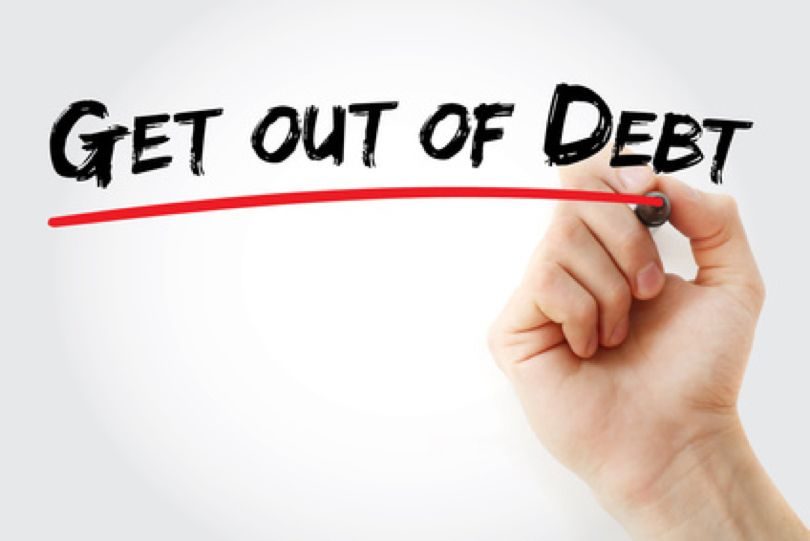5 Simple Yet Effective Numbers to Go Debt Free!
Here’s an easy plan with just 5 numbers you have to focus on, to become debt free fast.
You’ve landed a great job and attractive salary. Good times roll in – expensive clothes, posh rental, high-end restaurant meals, latest gadgets – the list goes on. Your friends secretly envy your lifestyle, but two years later, you’re the one struggling to pay bills. Your bank account hasn’t seen 4 digit figures in months. Your mom needs funds for dad’s sudden illness.
You’ve maxed out all your cards and have a bank personal loan to settle. You can’t ask friends, and the only option is to borrow from a licensed money lender. You find one that provides quick funds at reasonable rates.
As you travel home, it hits hard – the pressing need to clear the mound of debt.
There are many ways to dig yourself out of debt which will help improve your finances when you stick to a plan.
How to get out of debt?
To clear the money owed, you have to start with basics and focus on five important numbers.
1. Your monthly take-home salary
You know your gross income and income post taxes. But do you monitor the actual amount deposited in your account each month? Most of your bills will require monthly payments. Knowing take-home figures helps you understand which expenses are essential and which are not, and what you can afford in the future.
2. Total amount of outstanding debt
So far, you’ve focused on paying monthly credit card and loan bills. You may not be aware of your cumulative debt value. To prioritise repayments, check pending balances of all loans. Note down monthly available income on one side and add outstanding balances in your credit cards and loan amounts due.
3. Interest rates on accumulated debt
Time to calculate interest rates on each type of credit or borrowing. Find out annual or monthly interest rates on credit card balances. Check interest rates on personal loan balances. Use these figures to decide whether to get rid of credit with high interest rates or to pay off smaller balances first.
4. Find minimum payment due
You know net monthly income, total debt, and interest rates for each debt. The fourth important figure is minimum monthly due for each of your loans. This helps you switch from random bill settlement to focused repayment. You now have different options – transfer credit card dues to a low interest card, pay fixed amount per month on each loan, or settle certain high interest dues before tackling others.
5. Create basic budget
You have all these figures with you, but you haven’t created an essential lifestyle budget yet. What does this mean? You only account for expenses that are essential like food, rent, utilities, personal care, medical, office travel, and similar expenses. This bare budget is a handy tool to identity expenses you should cut down or avoid for the time being like – frequent dining out, magazine or game subscriptions, movies and entertainment, designer clothes and cosmetics, gadget upgrades, or club memberships.
To save money to pay off debt and become debt free, you have to start somewhere. You either create extra income or reduce unnecessary expenses, until you’ve turned the tide.
Did you find it easier to manage your fund by focusing on these numbers?






